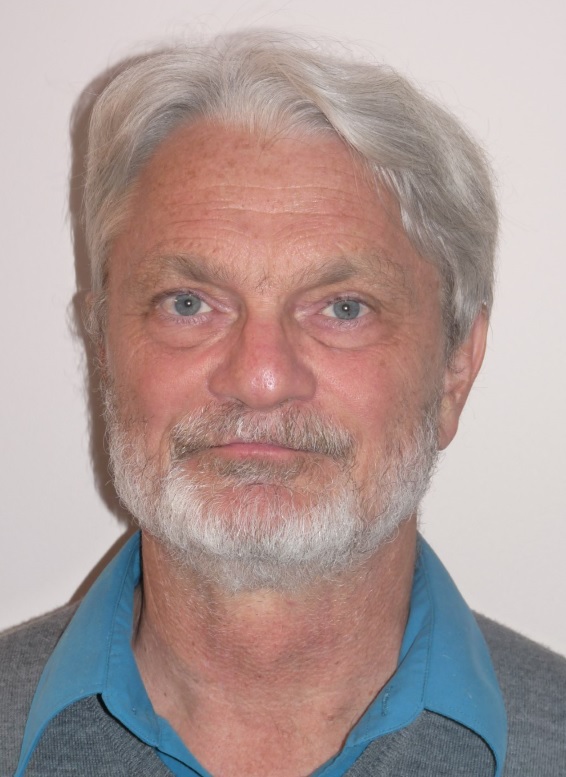

Department of Mathematics - UMR CNRS 5142
University of Pau and Adour Countries (BP 1155)
64013 Pau Cedex
FRANCE
Marc.Artzrouni@univ-pau.fr; tel: + 33 - (0)5 59 40 75 50
Marc Artzrouni's Professional Home Page
 |
 |
Department of Mathematics - UMR CNRS 5142 |
HIGHLIGHTS 1. Positions held This research has resulted in more than 50 publications in international
journals of mathematics, biomathematics, biology, epidemiology, demography,
and economics/history (see list below).
2. Recent papers 3. Conference organized 4. Editorial activities 5. Teaching |
BIOGRAPHICAL INFORMATION
Place of Birth: Greenwich, Connecticut, USA
Marital Status: Married, two children.
Nationalities: US and French.
Languages: Native English and French (courses taught and papers
written in both languages).
EDUCATION
University of Pau (France):
“Habilitation” in Applied Mathematics ("Mathematical Tools
in Population Dynamics: Application to Demography, Biology, and Economics").
December 1992. (Post Ph.D. degree based on the presentation of a body of research;
required in France to become full professor and to direct Ph.D. theses).
University of Paris V (Sorbonne):
Doctorate in Applied Mathematics ("Iterative Processes in Population Dynamics:
Application to Easterlin's theory"). April 1981.
University of Grenoble (France):
Master's Degree in Applied Mathematics (Statistics, Applied Algebra and Operations
Research). June 1978.
Bachelor's Degree in Mathematics. June 1976.
Aug. 1986- Aug. 1988: Visiting Assistant Professor; Department of Mathematical Sciences, Clemson University, Clemson, South Carolina.
June 1984 - June 1986: Post-doc; Department of Biostatistics; School of Public Health; University of North Carolina at Chapel Hill.
Nov. 1982 - Nov. 1983: Mathematical Statistician in the Statistical Research Division of the Census Bureau (Washington, DC). Research on the census undercount.
Sept. 1981 -Sept. 1982: Postdoctoral Fellow; Department of Mathematical Sciences, Drexel University (Philadelphia, PA).
INTERNSHIPSSept. 1978 - Oct. 1978: Summer intern with the Economic Commission for Europe at the United Nations, Geneva, Switzerland. Research on econometric models for the comparison of the gross domestic product of different countries.
Aug. 1977 - Sept. 1977: Summer intern in the Division of Statistics of the World Health Organization (WHO), Geneva. Research on a mathematical model (multiple logistic function) to estimate the risk of myocardial infarctions.
CLICK BELOW FOR LISTS OF PUBLICATIONS IN INTERNATIONAL JOURNALS d. Biology, medicine, epidemiology
f. Miscellaneous (epistemology)
RECENT TALKS
CONFERENCES (organized, attended, etc)
BOOK REVIEWS
CONSULTING
During Fall 1988 I worked with the New York State Department of Health (in Albany)
on the modeling of the future course of AIDS in the state. I spent a day in
Albany (September 20) during which I made a presentation for the state health
authorities on my projections of AIDS in the state. I wrote a user-friendly
computer software (HIVAIDS90) to forecast the number of AIDS cases. This model
is described in M. Artzrouni (1990).